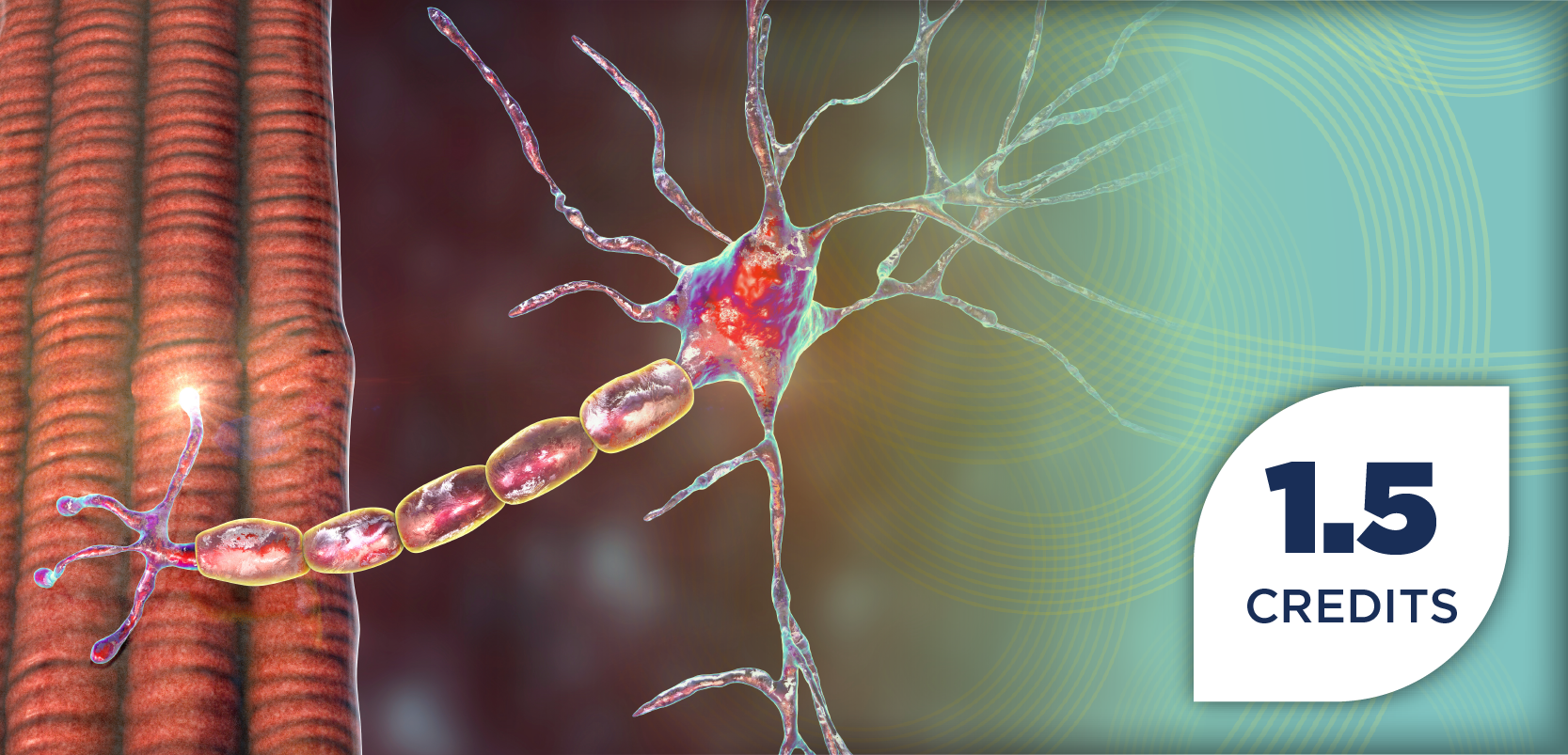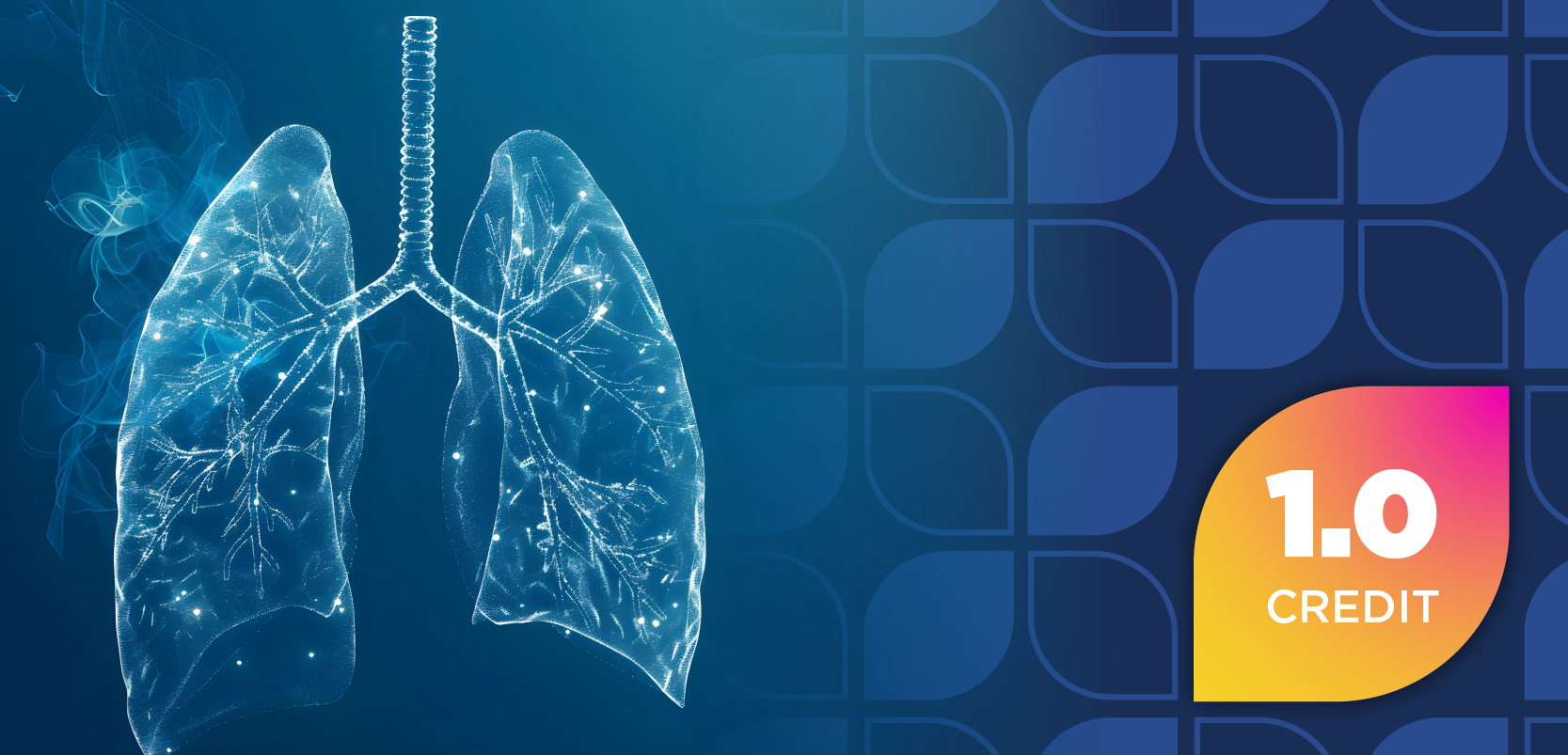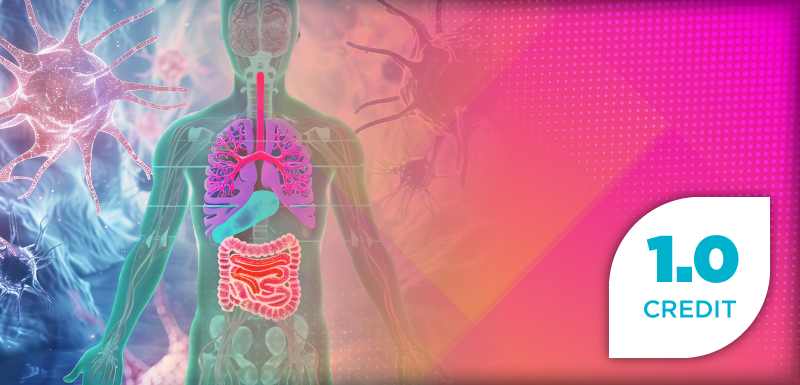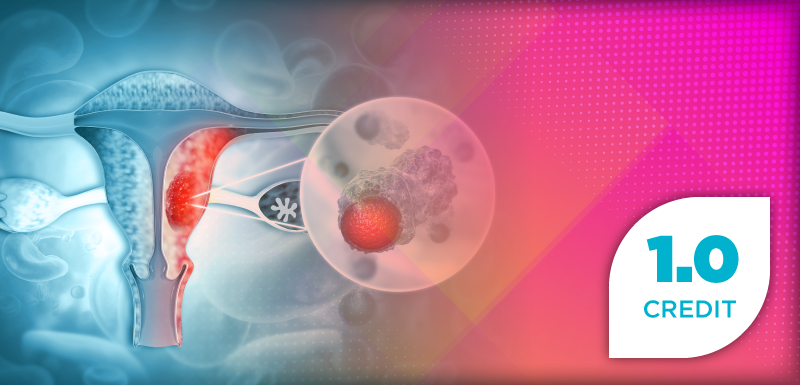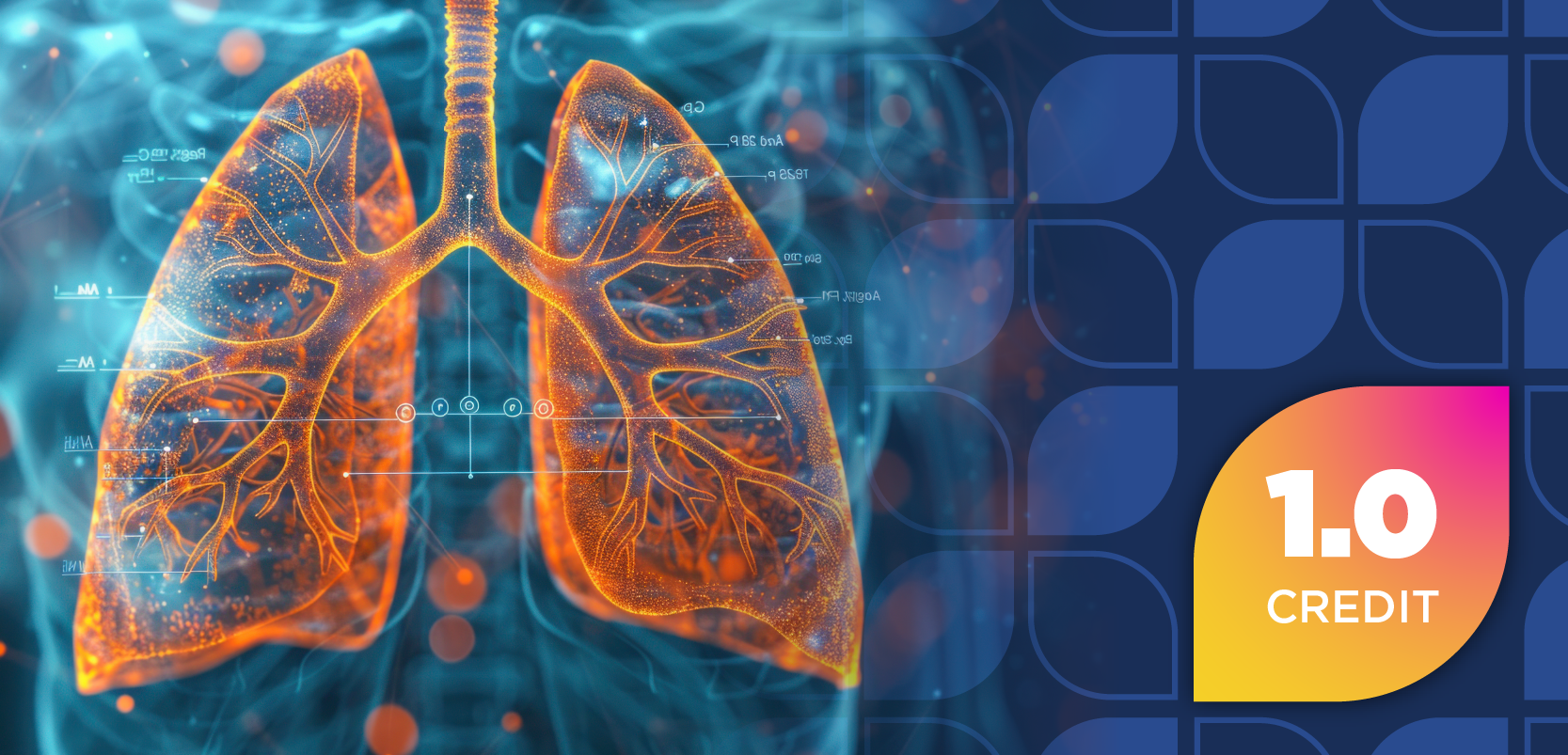
Topical Medications as First-Line Treatment Options for Orofacial Pain
Researchers investigated the pharmacological management of chronic orofacial pain and provided guidance on its proper treatment.
Topical medications were suggested as the best pharmacological option for relieving chronic orofacial pain, according to data published in Oral Surgery, Oral Medicine, Oral Pathology and Oral Radiology.1 While topical medications stand out because of their low risk for side effects, study researchers agreed that the treatment of chronic orofacial pain requires a “personalized and cautious” approach because of its complexities.
“Orofacial pain could be defined as pain occurring mainly or exclusively [in] the regions of the mouth and the region below the orbitomeatal line, in front of the ears, and above the neck,” wrote authors of the study. “In contrast, headache is characterized by pain occurring only or mainly above the orbitomeatal line and/or nuchal ridge.”
READ MORE:
Chronic pain in general is significantly prominent globally, with conservative estimates at over 1.5 billion people reporting it at some point in their life, according to data published in Anesthesia & Analgesia.2 While it appears in many different ways, chronic pain conditions can impact various parts of the body, with some of the most debilitating conditions being of a musculoskeletal nature.
According to the National Institute of Dental and Craniofacial Research, the second most common musculoskeletal conditions are temporomandibular joint and muscle disorders (TMDs) that cause similar pain experiences to those with orofacial pain. TMDs affect anywhere from 5% to 12% of the global population, costing around $4 billion a year for patients to manage their conditions.3
Researchers first identified the complexities of orofacial pain by comparing it with headaches, which occur in a similar area of the body as TMDs and orofacial pain. While headaches occur above the orbitomeatal line and/or nuchal ridge, orofacial pain is typically presented by the second (maxillary) and third (mandibular) divisions of the trigeminal nerve.1 Unlike headaches and other types of pain that are more concentrated to specific areas of the body, orofacial pain can occur in cervical spine disorders, cardiac conditions, cerebral disorders, and neurovascular diseases.
Despite these complexities, researchers used what they know about the management of chronic pain and attempted to apply it to the pharmacological management of orofacial pain.
“In this review, we focus on the current evidence and advancements in the pharmacological management of chronic orofacial pain. We explored the effectiveness of different medications, their mechanisms of action, and their role within a comprehensive pain management plan,” they wrote.1
In their exploration of treatment options for chronic orofacial pain, researchers took a deep dive into almost all pharmacological methods used for treating pain. From antidepressants and opioid analgesics to cannabinoids and non-steroidal anti-inflammatory drugs (NSAIDs), researchers tested the efficacy, safety, and cost-effectiveness of all available treatment options for chronic orofacial pain.
“The management of orofacial pain requires a nuanced understanding of its complex pathophysiology, often compounded by psychological comorbidities,” continued authors of the study.1 “Given this complexity, a personalized and cautious approach to treatment is essential. Topical medications, due to their lower risk of systemic side effects, should be considered as a first-line option whenever feasible.”
Personalized, targeted treatment for each individual patient is a common approach to treating various levels of pain. However, among all other treatment options explored, researchers deemed the topical medication class as the “first-line option whenever feasible” for the treatment of orofacial pain. Owing most to the safety of topical medications, researchers suggested it because of its lowered risk of systemic side effects.
Often used in dentistry, as researchers noted, topical medications for orofacial pain are currently the most successful and safest treatment option. However, as more research is conducted on the condition itself, as well as additional treatment options outside of topical medications, the management of orofacial pain is expected to become gradually less complex.
“The potential adverse effects, costs, and long-term implications of treatment must be carefully weighed against the anticipated therapeutic benefits. A comprehensive evaluation of these factors is vital to ensuring that the chosen treatment maximizes patient outcomes, prioritizing efficacy, safety, and cost-effectiveness,” concluded the authors.1
READ MORE:
Don’t get left behind: Sign up today for our
References
1. Guan G, Polonowita AK, Mei L, et al. Chronic orofacial pain and pharmacological management—a clinical guide. Oral Surg Oral Med Oral Radiol. Published online February 17, 2025. https://doi.org/10.1016/j.oooo.2025.02.005
2. Lurie JM, Javaid A. Visualizing global chronic pain. Anesth Analg. 2024;138(4):918-919. https://doi.org/10.1213/ane.0000000000006564
3. Facial pain. National Institute of Dental and Craniofacial Research. Published July 2018. Accessed February 24, 2025. https://www.nidcr.nih.gov/research/data-statistics/facial-pain
Newsletter
Pharmacy practice is always changing. Stay ahead of the curve with the Drug Topics newsletter and get the latest drug information, industry trends, and patient care tips.





